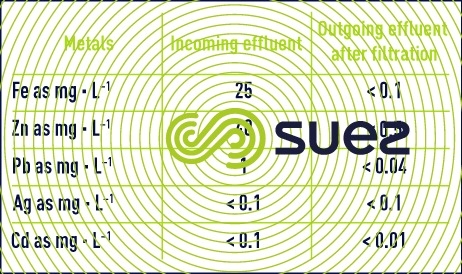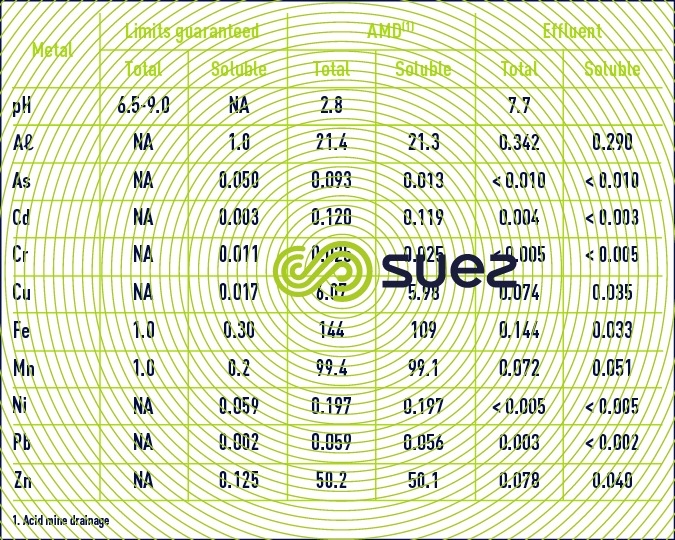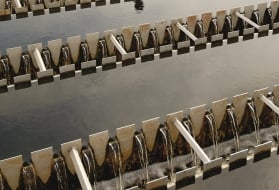post-mine management
Reading time:Once their resources have been exhausted or when operating cost-effectiveness declines, the sites are closed, leaving an “abandonded mine site” that is not without danger to the environment: impact on water, danger of land slides or mine structure collapse and gas hazards.
Abandoned sites where mine drainage water is no longer pumped out will fill with infiltration water and the water table become loaded with various metals, which, when it overflows into aquifers or waterways, will generate substantial pollution. This is typically the case of ores that contain metal sulphides (Fe, Pb, Zn…). In effect, over time, bacterial action will oxidise sulphides, converting them into sulphuric acid as the associated metals are released.
These polluted waters then have to be treated to remove acidity and metals (problem similar to that of AMD).
By way of illustration, we have treated effluent from an old Pb, Zn and Ag mine using the following system :
- ferrous iron has been oxidised to ferric iron using air;
- neutralisation and precipitation of metal hydroxides;
- sedimentation;
- final filtration to remove final traces of suspended solids that are metal hydroxides.
Producing the following results (table 45) :



This treatment is expected to continue for 20 years. The gradual drop in the metal concentrations in the effluents will then become compatible with the natural environment.
At that time, it was decided not to include a Densadeg given the fairly low throughput to be processed (100 m3·h–1). However, even in this case, it would be the best option.
Table 46 is based on results obtained in the USA on the Argo Tunnel mine waters at Idaho Springs, Colorado where excellent results have been recorded using an identical system but with a higher throughput, including a Densadeg and Greenleaf filter (all metal concentrations being expressed in ppm).



Bookmark tool
Click on the bookmark tool, highlight the last read paragraph to continue your reading later













